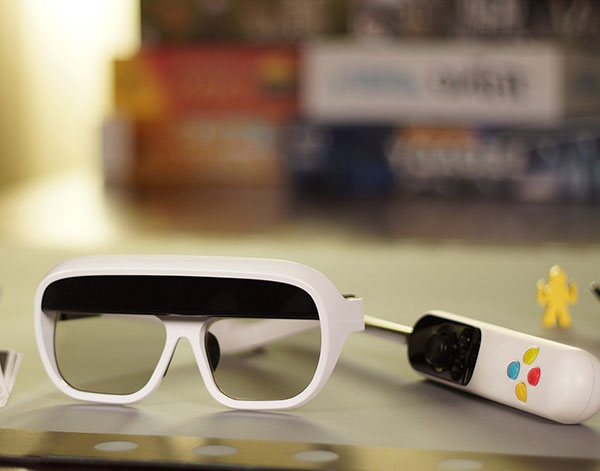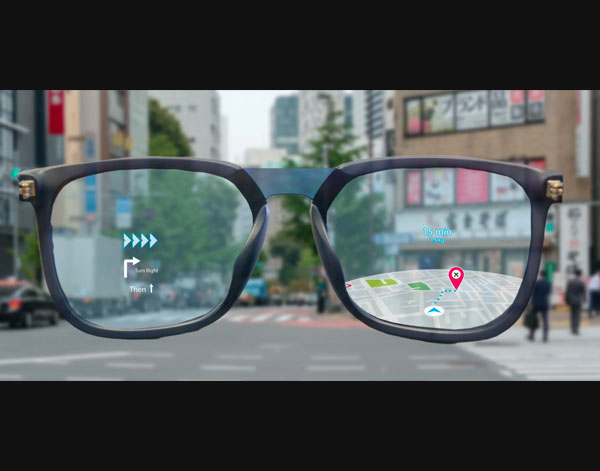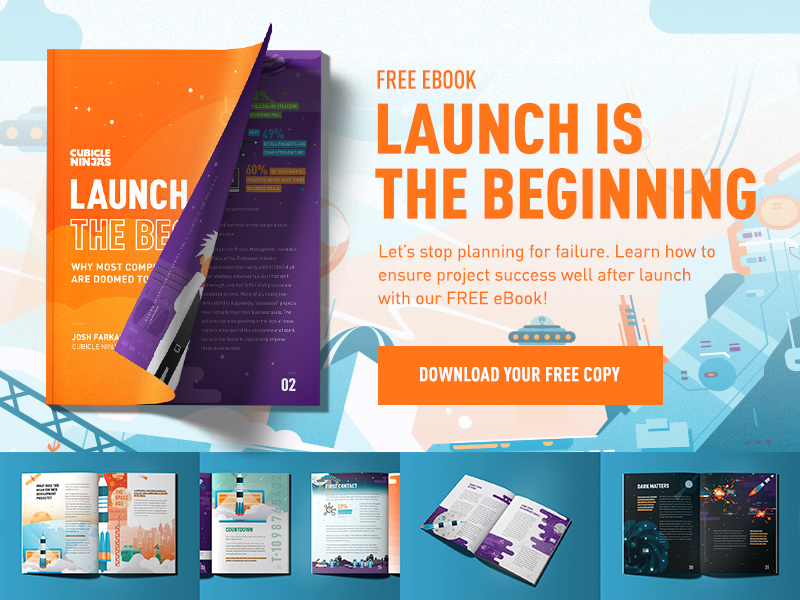
2020 Augmented Reality Trends – Ninjawards
Each year, Cubicle Ninjas’ reviews the industry’s creative highs and lows to publish a curated list of notable efforts in each specialty. Think of it as a highlights reel of the years’ best and brightest, along with some cautionary tales.
One of the core ninja principles is to always question the status quo. The Ninjawards provides a platform for inspiration, constructive criticism, and ultimately, recognition of bright new areas of design or technology. We hope our thinking unlocks new perspectives about future augmented reality market trends!
Want to download all of the 2020 Ninjawards?
Our 2020 Ninajwards eBook is 100% free!

Shared AR Worlds and Experiences
With advancements in technology, AR experiences are no longer solo affairs! We’re seeing a really cool trend of shared AR experiences that have been applied in fascinating and creative ways. Now, several people can link together to experience an augmented reality world through their own device, which has opened up new worlds for storytelling and gameplay in AR.
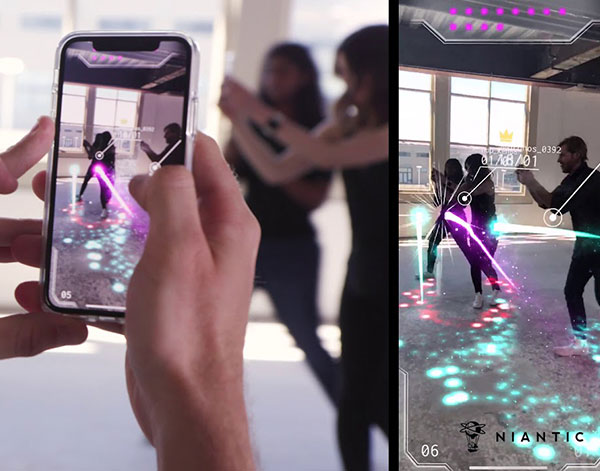
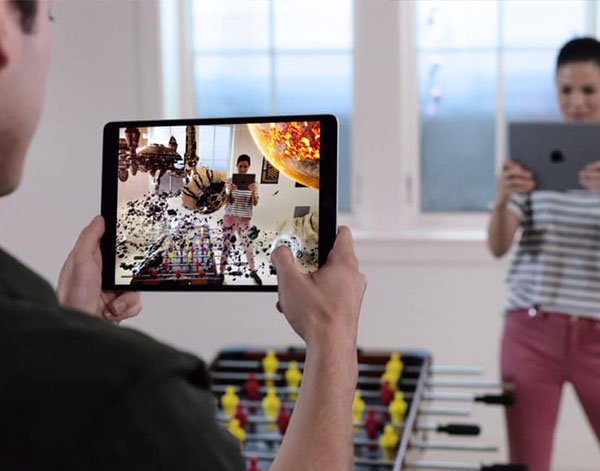

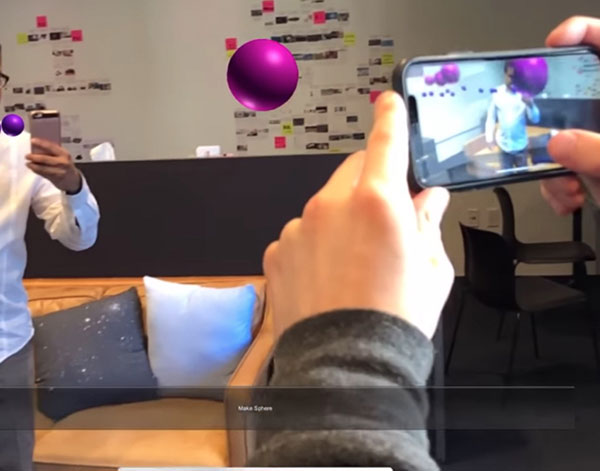
Body Tracking and Human Occlusion
The early days of AR involved putting a virtual object into the real world environment and… not much else. But things are changing fast! Now, with advanced body tracking technology, the level of interactivity with AR objects has taken off. Now, you can move around virtual objects, hide behind them, and much more!
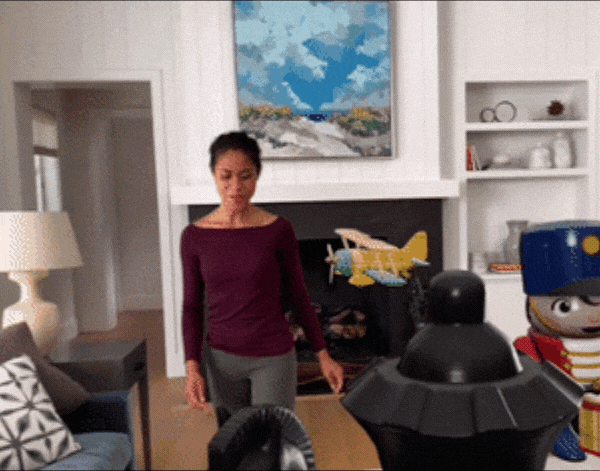
AR Flat UI
There are multiple ways to incorporate AR objects into environments. You can place 3D objects in the world, or you can have flat objects hovering in space like a heads-up display. But the big trend is combining both of these things to suit your user experience needs. Having a “flat” UI panel that attaches onto 3D virtual objects allows developers to utilize the immersive aspect of AR along with the data-presentation benefits of a crisp and readable UI.
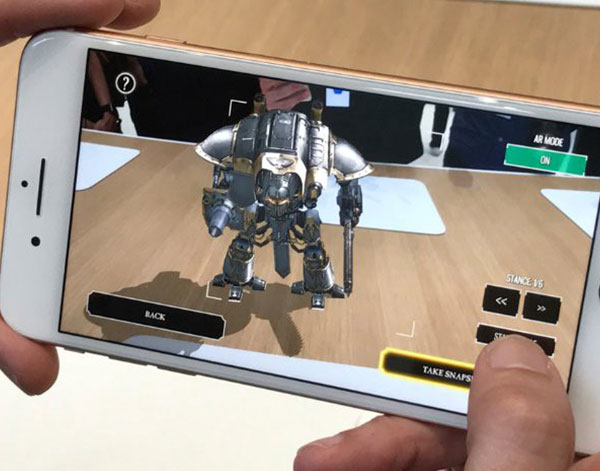

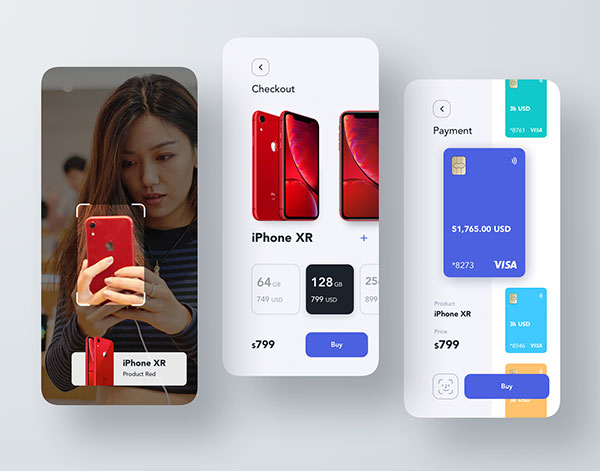

Contextual Understanding of the World
AR experiences put virtual objects into the world, but to make them truly immersive you need to find a way to have the world interact with virtual objects as well. We’ve seen a major trend toward using contextual understanding of the world to enhance AR. This can mean using cameras to generate reflections on virtual objects, modeling physical interactions, and using motion tracking to model spaces.

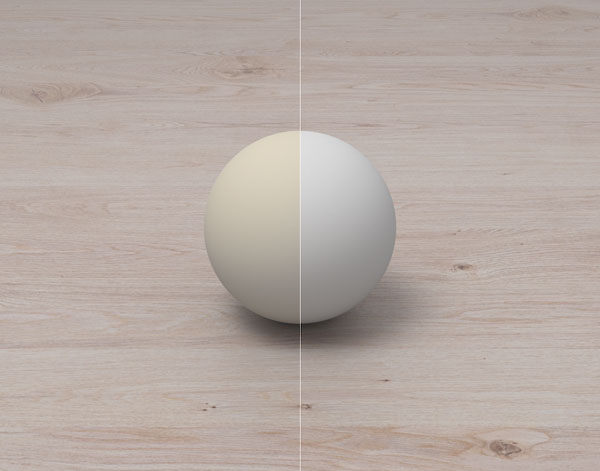
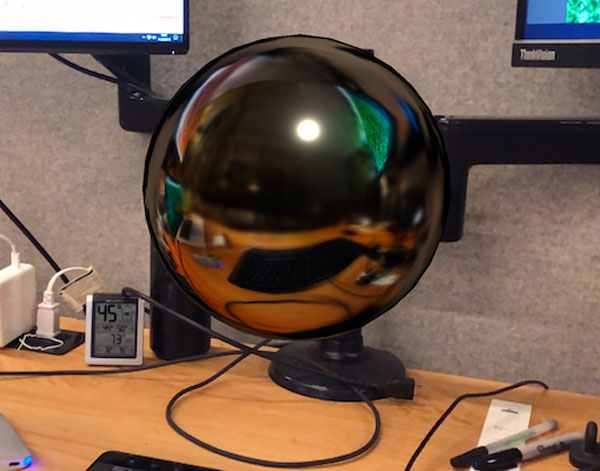
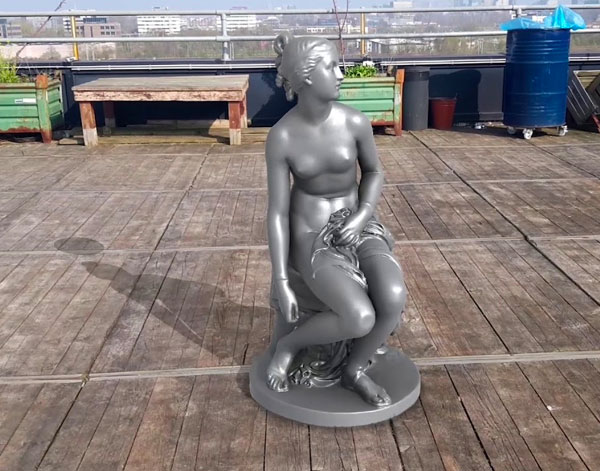

Unrealistic 3D models or Shaders
AR is on a strong trajectory to increase the visual fidelity of the experiences and erase the visual differences between the virtual objects and the real world on which they are superimposed. But nothing breaks that illusion faster than using models or shaders that are outdated, unrealistic, or in the “uncanny valley” of awkward semi-realism.
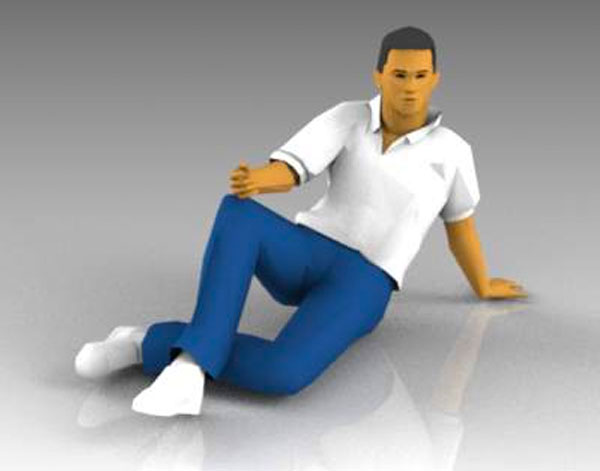
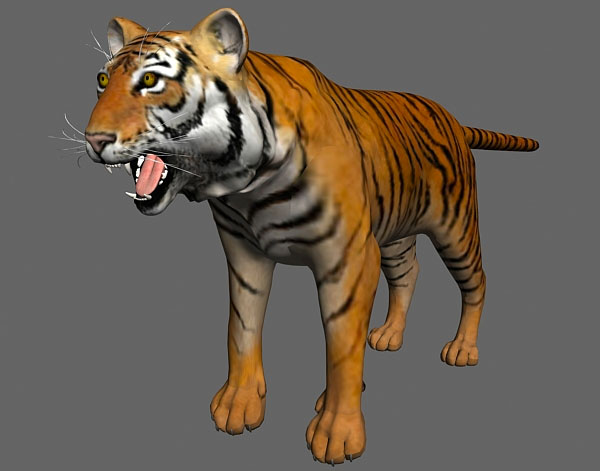


Treating AR as a Gimmick
Simply tacking on AR functionality of any kind is no longer enough to stand out from the crowd. AR experiences are proving to have real usefulness, and AR needs to be considered from the initial development of the application. Don’t design something and try to shoehorn it into the AR space — you have to build AR experiences from the ground up, keeping the technology and its use case in mind throughout the project.
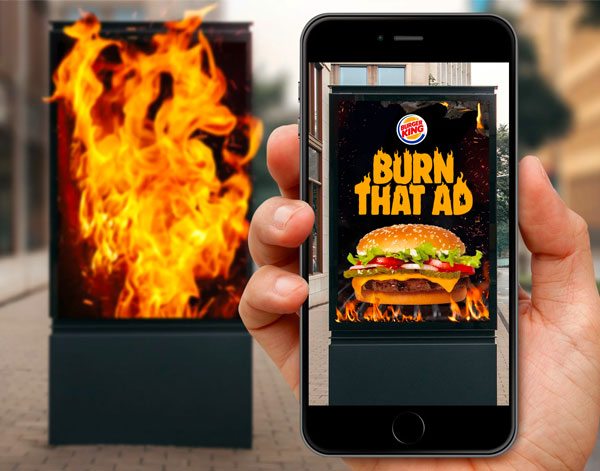
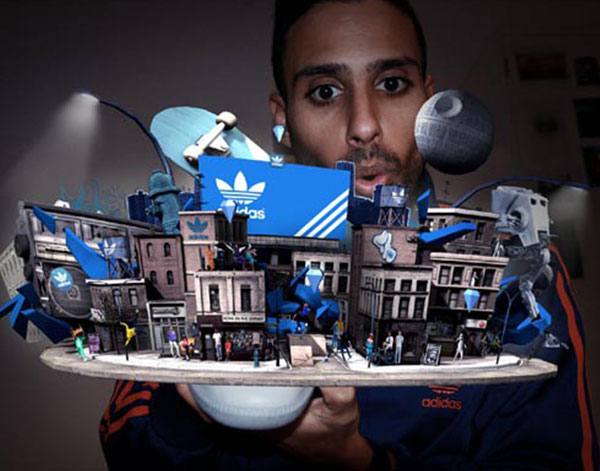
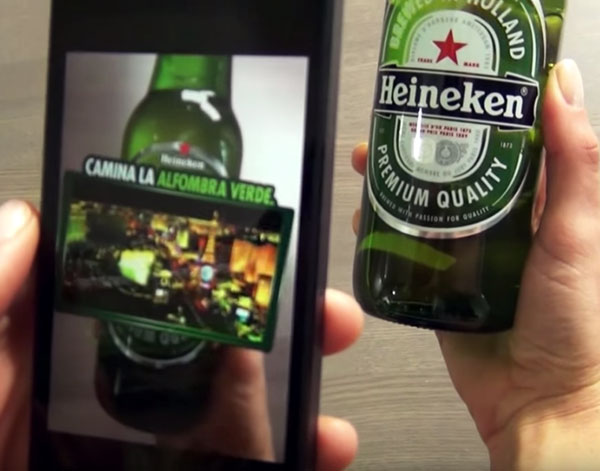
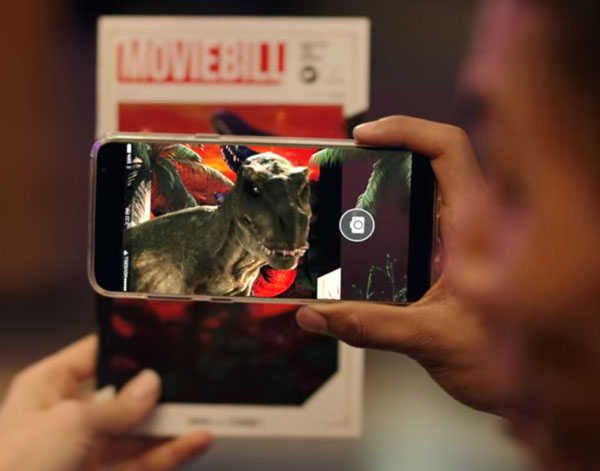
Requiring a Separate App for AR
People are hesitant to try out new technologies if there’s a big up-front investment in money or effort. The most used AR implementations are those that are integrated into a general purpose app that people are already using. For example, the Amazon app offers a way to view products in AR in the base Amazon app, which means people get to experience AR without having to purposefully sign up for it.


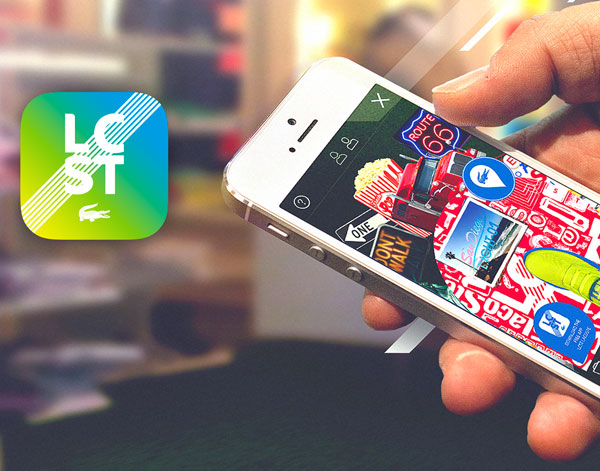


AR Awakening at Home Retail
Retail isn’t dead — people are still buying things! The big change is that this has moved out of brick and mortar stores and into more convenient places like the home. Because of this, AR will play a major role in the new retail landscape by allowing retailers to provide their in-store experience to shoppers all around the world.
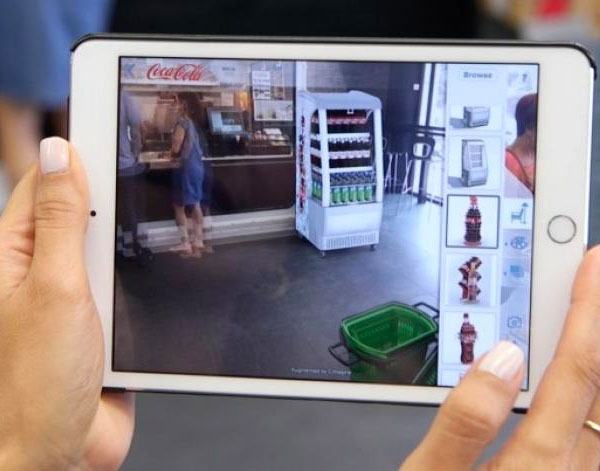
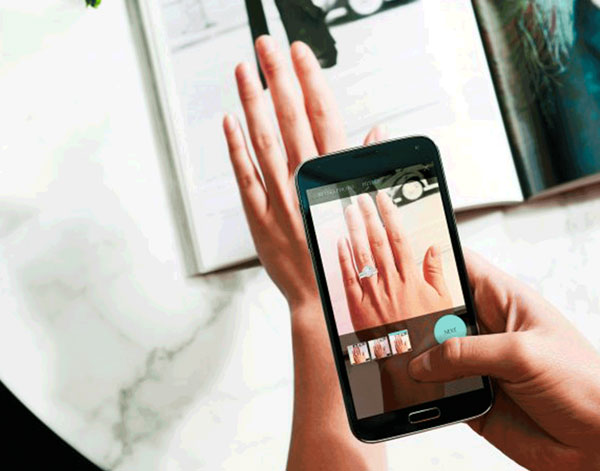
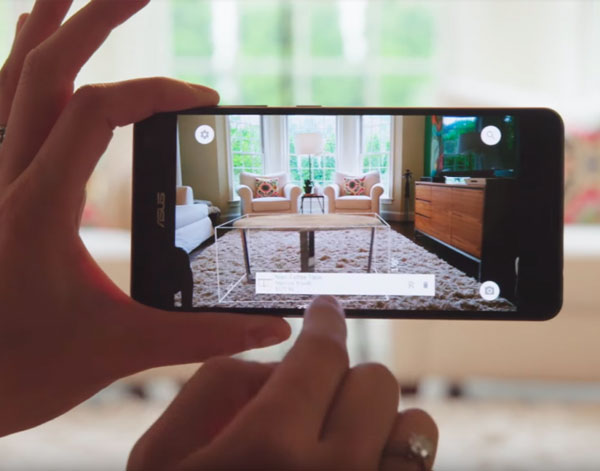
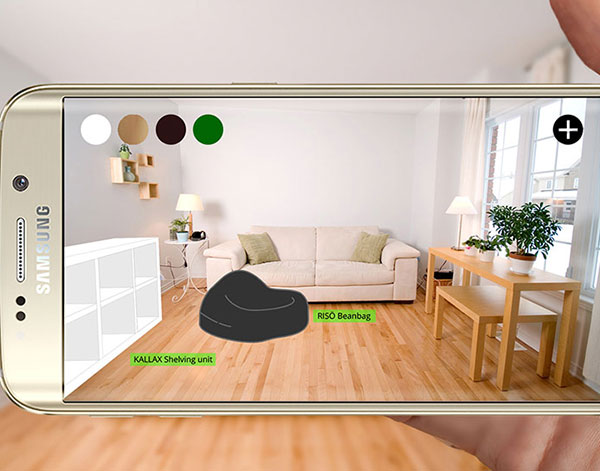
Educational AR Gets Good
We’re discovering that AR offers huge educational benefits because it caters to the way people actually learn — through visual and tactile experiences. There’s so much potential for delivering new and improved educational experiences using AR, and with the augmented reality market trends we’re seeing, we can only expect more innovation in this space!
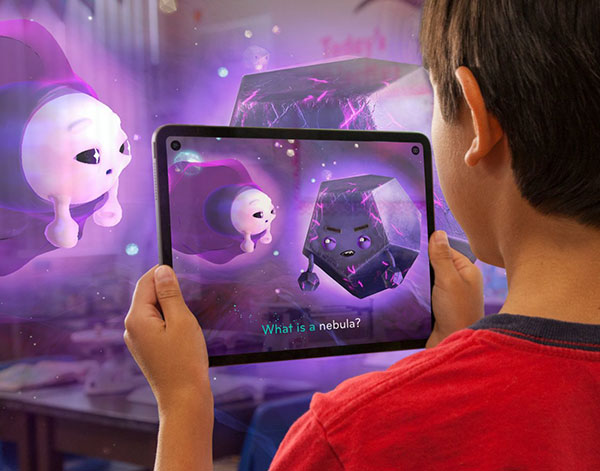
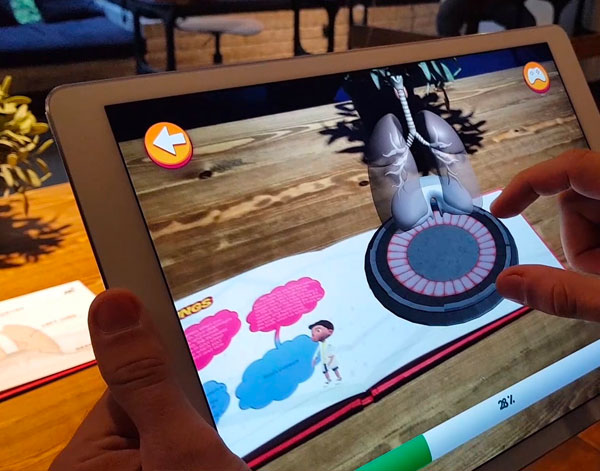
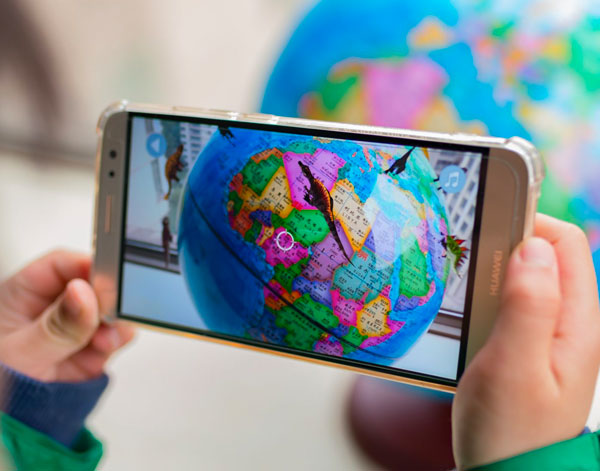
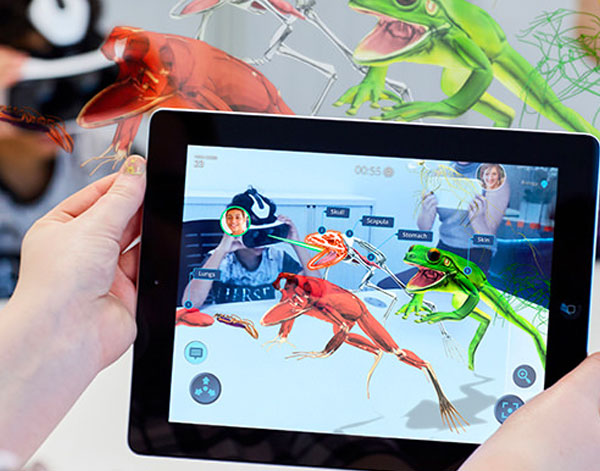
“Dumb” Smartglasses
The first wave of smartglasses looked to be a dead-end. Users never connected with the idea of wearing bulky, awkward, and expensive headwear in public. But the latest wave of “dumb smartglasses” seem to be reviving this idea by offering inexpensive and discreet wearable tech that is catered toward a specific use, such as tabletop gaming. Watch for this trend to come roaring back!
